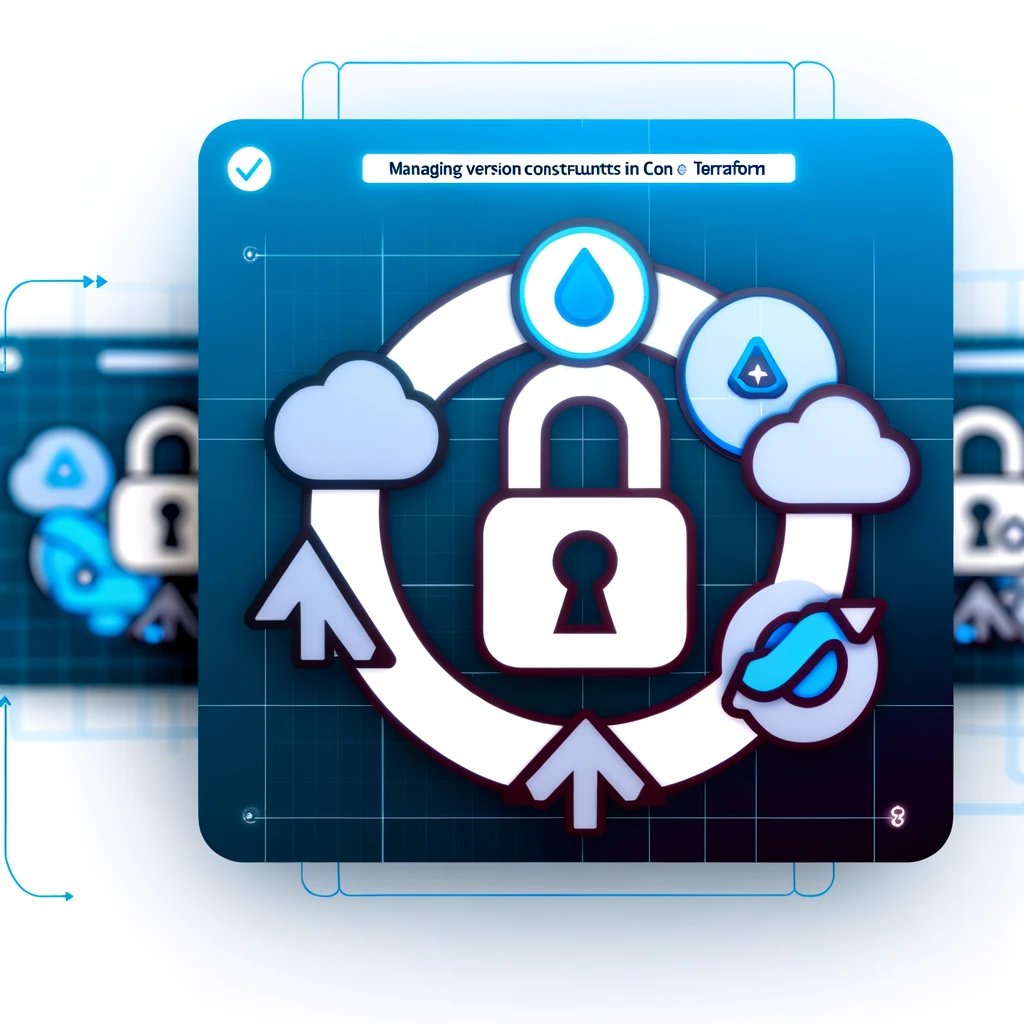Introduction
Terraform, a widely adopted Infrastructure as Code (IaC) tool by HashiCorp, enables teams to define, provision, and manage cloud infrastructure using a simple, declarative configuration language. A critical aspect of maintaining stable and predictable infrastructure environments involves managing version constraints of both Terraform itself and the providers it uses to interact with external services. This article explores how to effectively manage version constraints in Terraform to ensure compatibility, reliability, and consistency across your infrastructure.
Understanding Version Constraints
Version constraints in Terraform are expressions that specify which versions of Terraform and its providers are acceptable for a given configuration. These constraints are crucial for avoiding unexpected changes or incompatibilities that could arise from version updates. They allow you to lock your configurations to specific versions of Terraform and providers, ensuring that your infrastructure remains stable and predictable over time.
Why Manage Version Constraints?
- Predictability: Ensures that your infrastructure is provisioned with known, tested versions of Terraform and providers.
- Compatibility: Prevents issues that may arise from introducing incompatible versions of Terraform or providers into your environment.
- Collaboration: Facilitates smoother collaboration across teams by ensuring everyone uses a consistent set of tools and versions.
How to Specify Version Constraints
Version constraints can be specified for both the Terraform CLI and providers within your Terraform configurations. Here’s how to manage each:
Terraform CLI Version Constraints
To specify a Terraform version constraint, use the required_version field within the terraform block of your configuration:
terraform {
required_version = ">= 0.12.0, < 0.14.0"
}
This constraint ensures that Terraform versions 0.12.0 up to but not including 0.14.0 are used with this configuration.
Provider Version Constraints
Similarly, provider versions can be constrained within the required_providers block of your Terraform configuration. This example specifies version constraints for an AWS provider:
terraform {
required_providers {
aws = {
source = "hashicorp/aws"
version = "~> 3.27"
}
}
}
The ~> operator is known as the “pessimistic constraint operator” and allows patch-level changes that do not introduce incompatibilities.
Best Practices for Managing Version Constraints
- Use Specific Versions: Whenever possible, specify exact versions to ensure the highest level of predictability.
- Regularly Update Versions: Periodically review and update your version constraints to take advantage of new features, improvements, and security patches.
- Test Before Upgrading: Before updating to newer versions, test your configurations in a controlled environment to identify any potential issues.
- Leverage Version Locking: Use Terraform’s state locking feature to prevent concurrent operations that could result in conflicts or inconsistencies.
Handling Multiple Environments
When managing multiple environments (e.g., development, staging, production), it’s advisable to start version updates in the least critical environment and gradually promote them to more critical environments after thorough testing. This approach minimizes the risk of introducing breaking changes into production environments.
Conclusion
Managing version constraints in Terraform is a fundamental practice for ensuring the stability and reliability of your infrastructure as code. By carefully specifying and managing these constraints, you can achieve a balance between leveraging new features and maintaining a consistent, predictable infrastructure. As Terraform and its ecosystem continue to evolve, staying informed about version management strategies will remain a key aspect of successful infrastructure automation and management.


